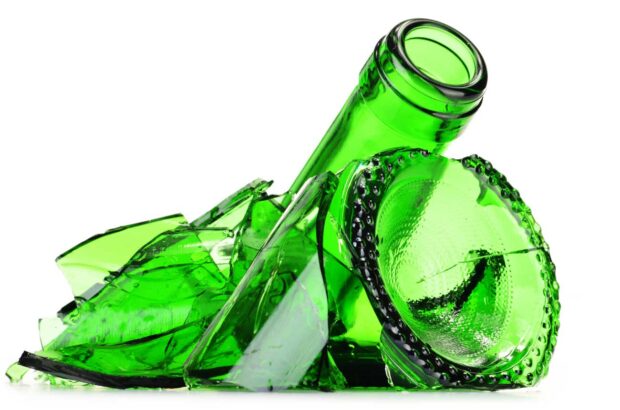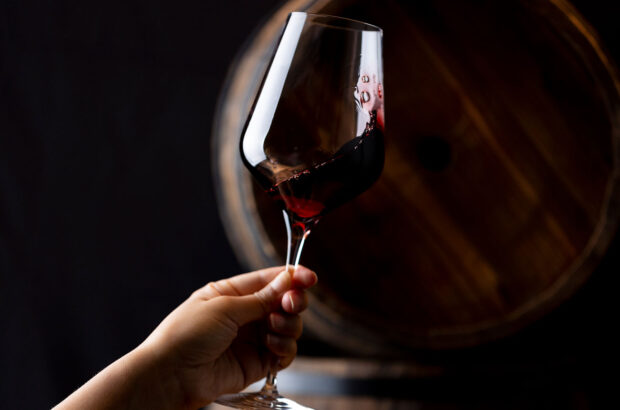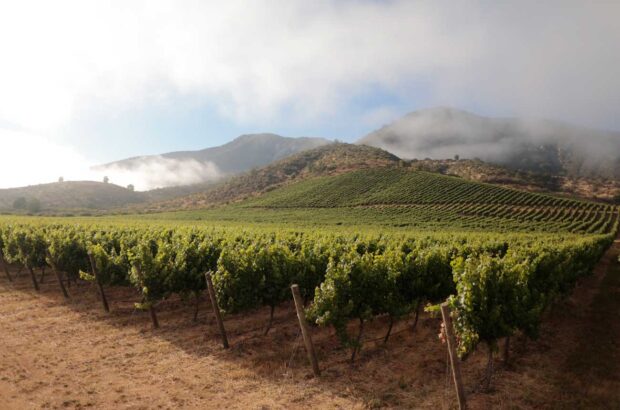Hear from our Spain Regional Co-Chairs Pedro Ballesteros Torres MW and Sarah Jane Evans MW on which wines to buy, which wines to leave on the shelf and what to keep an eye on from this year's Decanter World Wine Awards....
Pedro Ballesteros Torres MW
In 2014, consistency was the key word for Spain, with fewer wines missing out on a medal, more medals in general and many 2013 winners repeating their success. The classic regions, led by Rioja, took most of the Trophies and Golds, while there was amazing diversity among the Silvers. A few years ago Rueda and Cava were appreciated more for their price than their quality, but in 2014 a Trophy and two Golds each demonstrate a totally different image of these improving wines. On the negative side, many good wines were penalised because of excessive oaking.
What should we buy from here?
Premium sparkling wine: look for the top names, and forget whether it is Cava or not (as the Albet i Noya Trophy proves). Rioja continues to be the safest and smartest generic choice for red wines thanks to its consistency, unbeatable price/quality ratio and a broad range of styles. And for whites, Rueda is the most serious challenger to New World aromatic styles.
What should we leave on the shelf?
Outside Rioja, Ribera and Toro, few Tempranillo varietal wines are exciting. Vinos de pago are of no interest: most are confected, alcoholic, oaky blends of French varieties that give no sense of place and are sold at prices more consistent with the packaging than with the content. Two glorious exceptions are Mustiguillo’s Trophy winning Finca Terrerazo, a 100% Bobal from Valencia that should be labelled ‘grand cru’, and the Gold star Arzuaga’s Pago Florentino – twice exceptional since it is from the normally anonymous DO of of La Mancha and from the Tempranillo grape.
What should we keep an eye on?
Galicia. It is now bubbling with creativity and producers are rediscovering their terroirs. The classic whites, Albariño and Godello, keep delivering quality, as this year’s Albariño Gold proves. But this year’s news is the Trophy (Finca Millara) and Gold (Viñaredo) for Galician reds. These elegant Atlantic wines are bound to be more widely appreciated soon.
Sarah Jane Evans MW
With more wines than ever to taste – 1,633 compared with just over 1,400 last year – we had an impressive tour of Spain and its islands. The Trophies and Golds are an outstanding selection, showcasing Spain’s superb quality, but I urge you to look beyond them too. The Silvers were tasted and retasted, and in many cases hotly debated. They may have just missed out on Gold, but are also wines of real distinction. Wherever you look, Spain is offering diversity and originality.
What should we buy from here?
Rioja. It was encouraging to see the consistency shining through, with some producers repeating the success of previous years. The flurry of Reserva and Gran Reserva Trophies and Golds proves just why Rioja is so popular. Consistency showed too in Priorat and Cava, with many familiar names from previous years repeating their successes. Look out for the reds from northwest Spain made from Mencia – it was great to see Ribeira Sacra win a Trophy and Bierzo and Valdeorras get Gold. Plus exceptional whites, not just from Galicia but also Rueda and, excitingly, for Rioja. Finally, leave space in your shopping basket for a few of the rare and special fortified wines made outside the Sherry region.
What should we leave on the shelf?
Some Rioja. The point of this extensive blind tasting is that we can confidently highlight the best at every style and price, and in Rioja there was too much variation in terms of quality. Inevitable, perhaps, in such a large region. Similarly, with Ribera del Duero. We have a Trophy and three superb Golds from Ribera del Duero this year, but there were a number that simply did not measure up. Rosado, once Spain’s speciality – especially from Navarra – has lost its magic, with some honourable exceptions.
What should we keep an eye on?
Spain is full of promise. Lesser-known or ignored red varieties including Bobal, Mencia, Picpoul Noir and Souson all impressed the judges. And don’t ignore red wines from regions that formerly made cheap and not very cheerful bulk wines, such as Calatayud and Campo de Borja. Equally, Spain is really building a fascinating collection of white wines, from aromatic Godellos and Albariños to textured white Garnachas. Finally, seek out wines from Jumilla, Alicante and Utiel-Requena, including the distinctive vino de pago outpost Finca Terrerazo, home to one of our Trophies.
Written by Decanter







